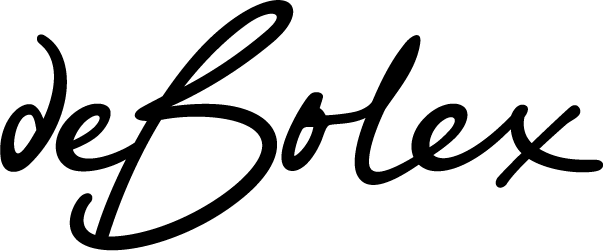13 Dec dB25: Seat and Tail

Our seat and tail sections have become a signature feature on our motorcycles, known for their clean and smart design, comfort and easy seat removal. We’ve been developing and evolving this design through our one-of-one builds and we’re now putting all this development into the dB25 Series with the addition of some added features that help with comfort, and clean up the lines even further.
With the aluminium tail completed a few months back we began work on the steel seat pan, this pan, like the aluminium panels will be used to create a mould before being reproduced in carbon fibre. An additional mould will also be produced to allow us to pour our foam seat to the perfect size and density. We can’t wait to select the first seat material and lay the first stitches.




The Ducati seat release mechanism is retained making for quick and easy seat removal giving access to a USB charger and a small storage space in the tail.
With the tail and seat pan complete we begin the process of reproducing them in carbon fibre. Similar to the belly pan you saw in our last email, the tail is a complex shape and requires a 4 piece split mould – seen below. Splitting the mould allows the part to be removed once cured.



We love working with aluminium and it allows us to design and produce parts with few, if any, limitations. Shaping the metal gives a character to the design I believe is hard to replicate in other ways, for example CAD drawing or clay. The only down side is it can soak up a lot of time, a tail alone can take up to 2 weeks to create . When you consider making a full faring bike with 20 parts to produce – thats a lot of weeks!


Enter carbon fibre… what did take 2 weeks with the tail now takes around 4 hours to lay up, and with a cook in the oven overnight the part is complete. This time saving allows us to scale up production and create a high quality motorcycle in a realistic time frame with all the detail, if not more, than our one-of-one builds.


We are really pleased with the results of our tail section and with mounting in 3 areas it’s strong enough to hold the weight of someone sitting on it – obviously its not meant for this but if you need to give Rossi a lift back to the paddock its nice to know you have the option!



Fitting the LED rear light and indictors completes the tail. Next up on the aluminium to carbon to-do list is the side panels. We’ve already completed the moulds and my task for the day is to template and begin laying up the first parts. I look forward to sharing our progress on this very soon.
Thanks for reading
Calum



